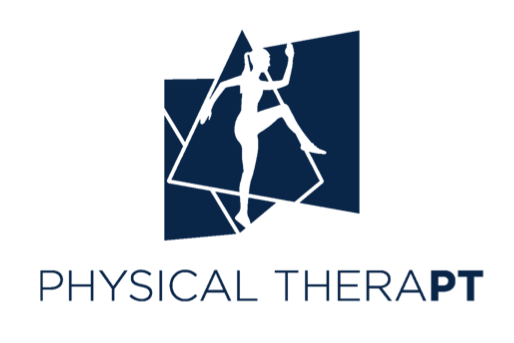Myofascial release is a hands-on technique using sustained pressure to the connective tissue restrictions to relieve pain and restore motion. But does it work? Dr. Betsy Webb certainly thinks so, stating “this is one of the most common modifications I suggest to patients. Maintaining soft tissue and joint mobility is so important in preserving joint health and building strength.”
According to a systematic review conducted by Beardsley and Škarabot, myofascial release can help to increase flexibility and reduce soreness. Regular maintenance helps with joint and soft tissue extensibility and mobility, will improve tissue length and pliability and its ability to accept force and load. This allows the body to do more work with less strain overall. Methods like foam rolling, gua sha and massage can improve arterial and vascular endothelial function, or the flow of blood and lymph through the tissues. Self-myofascial release allows for consistent and cost-effective management. Athletes of all levels most commonly use a foam roller or ball of varying density.
Despite being versed on the benefits, Betsy has trouble incorporating soft tissue work. “I love working on strength and cardio work,” she laughs, “but often under prioritize mobility in my own physical fitness. I know how valuable mobility work is, yet I struggle to incorporate it into my routine.” As part of our Athlete Within Challenge, Betsy agreed to spend 10 minutes foam rolling everyday for two weeks. Here’s how it went:
As with any new habit, the most challenging part about for Betsy was adherence. “I started out really strong for the first week but then the weekend hit and falling out of my daily routine made it more challenging to stay diligent,” she says. Sound familiar?
In order to stay consistent, Betsy found three different techniques to be most helpful: routine, external accountability, and increased accessibility. “I found using an alarm worked really well. I set an alarm for 9:15 every night to remind me.” (As an added benefit, myofascial release can also help to improve parasympathetic nervous system activity, allowing us to mentally and physically calm down so our bodies can regenerate. Soft tissue work in the evening can set you up for a great night’s sleep!)
Betsy shared her goals with her fiancé, finding that having “someone to hold me accountable, who knew to remind me if I hadn’t done it for the day” helped to keep her on track. The last thing she found to be helpful? Relocating her foam roller. “I ended up putting it next to the tv,” says Webb, “so that when I would sit down to watch tv at night I would see the roller and be reminded to use it.”
So is it worth the time? After the two weeks were up Betsy’s body was thanking her. “Foam rolling is something I know I should do more of, especially for my thoracic spine, but never was able to get into a routine." Like so many of our patients, Betsy saw tremendous benefit from going back to the basics: “After the first week I felt good but not too much different, but a full two weeks really started to make a difference in how I felt from a mobility standpoint.” The true payoff for myofascial release work is in the consistency. Studies have yet to show if any of these improvements in flexibility and tissue quality have longterm effects once treatment is stopped. “I fully intend to maintain this behavior. As I saw with the two weeks, the longer I remained consistent the better I felt,” states Webb.
Our vote? Yes to myofascial release!






